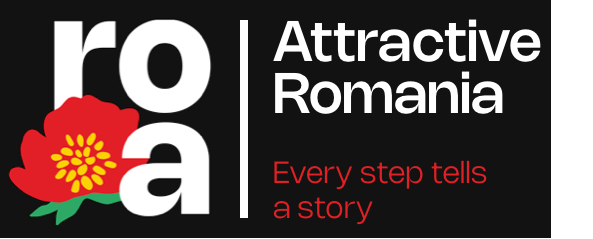Bologa Medieval Fortress
At the foot of the Vlădeasa massif, in the valley of the Crișul Repede river, you will discover one of the best-preserved medieval noble fortifications in Transylvania. The fortress of Bologa has a history of over 700 years, first documented in 1319 when Desideriu Elefánti, the castellan of Sebuswar, is mentioned for the first time.
Over time, the fortress has been referred to as the Fortress of Sebeș, the Fortress of Huedin, or the Fortress of Călata. Although its exact beginnings are not known, it is considered one of the earliest royal fortresses in Transylvania. Positioned on a high and scarcely accessible hill, the fortress represented an important strategic point, serving as surveillance and protection for the road to Oradea. At the same time, it served as a refuge during periods of enemy invasions.
Throughout its existence, the fortress of Bologa has undergone numerous transformations, additions, and destructions. Nevertheless, it remains representative of medieval military architecture in Transylvania. Today, within its ensemble, one of the few well-preserved circular keeps in Transylvania can be found, being the earliest architectural element of the fortress.
Brief historical insight
Around the year 1362, the fortress of Bologa and its associated domain were assigned the function of voivode of Transylvania. Under the rule of Sigismund of Luxembourg, the fortress came into the possession of important vassals of the king or nobles of the time.
In 1398-1399, alongside the fortress of Bran, it was donated to the ruler of Wallachia, Mircea the Elder. The fortresses returned to the administration of the Transylvanian voivode after about 10 years.
In the early 18th century, the fortress of Bologa was destroyed in the context of the struggles waged by the Habsburgs against the Kuruc.
Architectural features
The ensemble of the fortress consists of a circular tower - the keep or residential tower, which dominates the entire ensemble, a curtain wall, a quadrilateral tower, two bastions, and a barbican (a fortified outpost).
The two lateral bastions had three levels each. In the western bastion, the middle chamber, known as the commander's chamber, was vaulted. Beneath it lay the best cellar in the fortress. Tracer windows for rifles and heavy artillery can be seen in the bastion wall.
The eastern bastion is taller due to the steep slope and deeper foundations.
Unique Experiences
You are in the commune of Poieni in Cluj County, one of the most appreciated tourist destinations in Romania, part of the ethnofolkloric region of Țara Călatei. In the villages of the commune, you can still find traditional houses with richly ornamented semicircular wooden pediments, as well as beautiful carved gates.
In the vicinity of the medieval fortress, you will find the ruins of the Roman fort of Resculum, the Water Mill, and the Black Stone Church of Bologa.
Every year, the Green Festival of Bologa takes place here, featuring concerts of folk, rock, and folk music, theater performances, creative workshops, and activities for children.
3D Animation
Virtual tour
Facilities
Sanitary group in the location or proximity
No
Access facilities for disabled people
No
Wi-Fi
No
Landmark access
Bicycle, Railroad, Walking, By car
Parking
In proximity
Access and entry
Access is free, the fortress being permanently open
Status
Visitable
The custodians reserve the right to modify the visiting conditions of the attractions.
Reviews











 Continue with Google
Continue with Google
